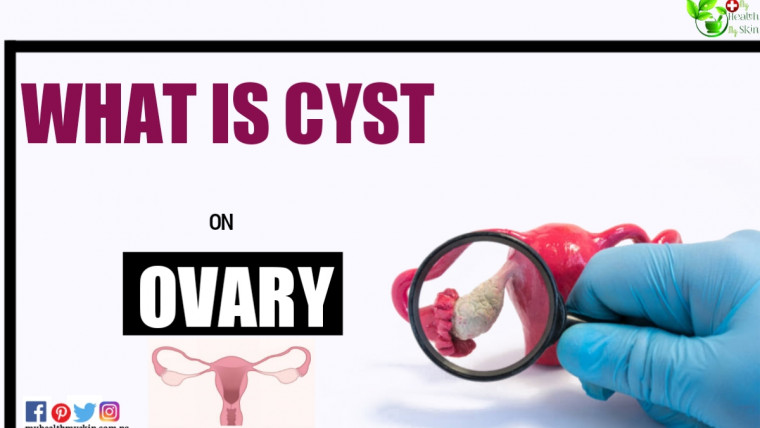Bartholinitis is the inflammation of the so-called Bartholin ‘s glands, which are located just to the sides of the vaginal opening. Its function is to produce a kind of mucous fluid that keeps the entrance of the vagina moist; however, when its outlet orifice is obstructed, the liquid cannot drain to the outside and remains clogged inside, which ends up causing the gland in question to enlarge and produce a cyst. This can be more or less large and if there is an infection, it will be painful and very uncomfortable for the woman. Keep reading this MyhealthMyskin article to find out more about this condition. We’ll explain how to treat bartholinitis, as well as what its most common causes and symptoms are.
[lwptoc]
How To Treat Bartholinitis
- Bacterial infections: When bacteria reach the ducts of the Bartholin’s glands, they become inflamed and, therefore, cannot empty and expel the vaginal secretions that keep the entrance of the vagina lubricated. In the event that the gland becomes infected, what is called Bartholin’s abscess occurs.
- Bartholin’s cyst: in this case, it is a single part that limits the secretion of the gland, which causes a plugging of it and the formation of a cyst. If bacterial infection is also added to this, the result is bartholinitis.
- Sexually transmitted diseases: In some cases, the bacteria that cause this inflammation can be responsible for certain STDs, such as gonorrhea or chlamydia.
- Other conditions: in others, the causative bacteria come from other parts of the body, such as E. coli, from the intestine, or Staphylococcus aerus, from the skin or respiratory tract.
- A round, tender lump may be felt or felt on one of the labia, next to the vaginal opening.
- In case of infection, this lump can cause discomfort and be especially painful when walking, sitting or during sexual intercourse.
- Swelling and redness of the affected vaginal lip.
- Fever, although it is not usually very common.
Likewise, in those patients who are over 40 years of age, the collection of a tissue sample may also be advised to rule out the presence of cancer cells.
When there is an infection or it has been diagnosed that a certain sexually transmitted disease is responsible, the doctor will prescribe an antibiotic treatment to eliminate the causative pathogen. It is essential not to suspend the treatment before finishing it and to strictly follow all the instructions provided by the specialist regarding the consumption of said medications.
This same deflating and calming effect can be provided by hot wet compresses, so applying them to the area is another measure you can take if you suffer from bartholinitis.
To calm acute pain, anti-inflammatory and analgesic medications can be taken, such as paracetamol or ibuprofen, but it is important to do so under medical supervision and respecting the indications regarding the appropriate dose at all times.
In other cases, it may be necessary to introduce a small catheter inside the cyst so that the gland remains open and the liquid drains. The catheter is left in place for 2 to 4 weeks to achieve complete drainage, and although the patient can carry out her daily activities normally, she may experience discomfort or pain, especially during sexual intercourse.
- Wash the intimate area twice a day, using a specific intimate soap and warm water.
- Avoid the use of aggressive soaps, with alcohol, perfumes, etc., as well as vaginal douches.
- Always keep the intimate area dry.
- Wear cotton underwear instead of synthetic fabrics.
- When you go to the bathroom, always wipe from front to back to prevent germs from moving from the anus to the vagina.
- Use a condom in all your sexual relations to protect yourself against sexually transmitted diseases.
- Perform the appropriate gynecological tests on a regular basis. In the following article you can discover everything you need to know about Pap smear, a basic test for all women.
If you want to read more articles similar to How to treat bartholinitis, we recommend you visit our Women’s Health category.







